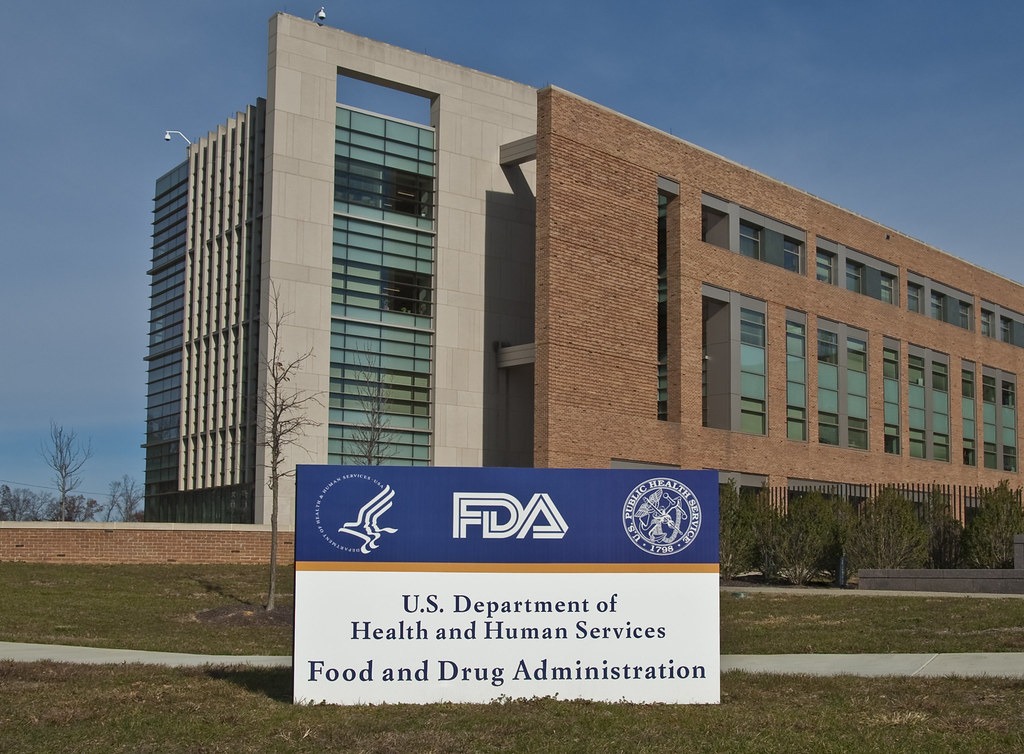
When it comes to contract manufacturing, companies are increasingly moving towards dual sourcing arrangements, requiring at least one backup supplier for each aspect of production in order to gain a competitive advantage over those juggling multiple contractor arrangements. Medical Device Developments writer Kim Thomas speaks to Jack Sandahl, fellow, sourcing specialist at Boston Scientific, about the considerations when implementing this approach.
In the past 20 or 30 years, the global manufacturing environment has become increasingly competitive, with the result that OEMs (original equipment manufacturers) are constantly looking for ways to get products to market faster, while maintaining the high standards the customer expects.
One of the major differences between now and the end of the 20th century is the realisation that outsourcing has a big role to play not only in reducing manufacturing costs, but also in enabling quality and innovation.
The use of large one-stop-shop contractors has become particularly attractive, because it means fewer sites to manage from a regulatory perspective and a reduced risk of supply chain confusion.
Modern contract manufacturers are sophisticated operations that provide product concept and development, specialised manufacturing and delivery to the customer.
They also have the resources to invest in new facilities and quality processes.
As a result, the dramatic growth in the market for CMOs (contract manufacturing organisations) is expected to continue, with MarketsandMarkets predicting that the value of the CMO space will reach over $90bn by 2021.
As Boston Scientific’s Jack Sandahl puts it, “As with the global manufacturing industry in general, the primary trends are to partner and manage a reduced supplier base that is highly capable.”
With more than 30 years of manufacturing operations experience in the medical device industry, Sandahl is an expert on sourcing and has managed complex supply chains in numerous different countries with widely differing regulatory environments.
Along with his role at medical device manufacturing firm Boston Scientific and associated companies – where he has spent 32 years – Sandahl is an adjunct professor in the manufacturing operations management degree programme at the University of Minnesota, teaching a course called ‘The Science of Sourcing; Partnerships for Success’.

The need to adapt
Although the broad trend is to simplify the supply chain, the truth is that medical device manufacturers have to deal with a set of complexities that don’t always apply to other manufacturers.
The manufacture of medical devices is highly regulated, but the regulations differ from jurisdiction to jurisdiction.
A product suitable for the US market, for example, may not be suitable for the European market, and vice versa.
The choice of outsourcing partner therefore requires the exercise of a particularly methodical due diligence.
It means that there is a complexity involved in balancing quality and adherence to regulatory standards with the need to get to market quickly.
The use of a single outsourcing partner can create risk, however.
Deadly weather events, such as earthquakes, storms and floods, have become commonplace and are an inevitable part of doing business globally.
Damage to a manufacturing plant can delay production for valuable days or weeks.
In 2017, for example, a number of Puerto Rican factories owned by US medical device companies had production disrupted for several weeks as the result of flooding caused by Hurricane Maria.
The companies that were well-prepared with robust risk mitigation plans for their supply chains were the ones that were quickly and successfully able to continue business.
Benefits of dual sourcing
Many OEMs have begun making use of dual-sourcing arrangements, with one backup supplier for each aspect of production, speeding up the process and providing a competitive advantage over those juggling multiple contractor arrangements.
So, what have been the main drivers for the use of dual sourcing?
Sandahl argues that it is part of that same trend by which medical device manufacturing is moving towards the practices of general industry, “with the difference that supply chains are driven highly by quality, and regulatory approval costs and timelines are significant factors”.
There are a number of reasons why dual sourcing can be attractive.
“In some situations where quality, service and value would be optimised, or risk mitigated with multiple sources, then the alternate sources would be added,” he says.
The main considerations relate to the risks and costs in the supply chain.
“Supply chain risk can be technology, commercial or geopolitical factors,” Sandahl says.
“Certain technologies may be volatile in processing and delivery reliability, or the commercial support lacking contractual supply assurance may drive the manufacturer to mitigate risk with a second source.”
There are also “geopolitical factors”, he adds, particularly if a business is selling its products in multiple regions and wants to minimise shipping costs or import tariffs.
“The cost risk of tariffs or political disruption can also be a factor in the decision to dual source.
“As companies expand manufacturing globally, local sourcing advantages can also drive a dual source decision for advantage of cost, speed and supply chain efficiency.”
Dual sourcing also offers scalability, of course, so that if there is a sudden increase in orders, a manufacturer can switch to another supplier for a short period of time, rather than expecting a single supplier to ramp up production.
There can be added advantages if a second supplier has a particular specialism.
Take everything into consideration
That said, there are occasions when a dual sourcing approach isn’t appropriate – and the primary considerations for deciding whether a particular supply chain or individual component should have multiple sources are, Sandahl says, “quality, service, value and risk”.
Finding an additional supplier takes time and patience.
So, what should manufacturers be taking into consideration when selecting a backup supplier?
Strong regulatory compliance is one of the most important factors – even minor deviations from a quality standard can result in a production lot being discarded.
“Suppliers to the medical device industry need to meet the ISO 13485 Quality Systems Requirements,” says Sandahl.
“Generally, a supplier needs to be audited and approved in the approved manufacturers list (AML), and also be competitive from a commercial standpoint.

“Medical device manufacturers search for long-term partnerships with suppliers that have capabilities that enable advances in product design and technology.”
Those additional supplier relationships can bring extra challenges.
“Managing multiple suppliers of the same component or technology is costly,” says Sandahl.
“Quality audits, management of engineering change notices and procurement interface are all duplicated.”
It’s important, therefore, to think about all the hidden costs involved, including those relating to administration.
Some suppliers may offer cost reductions as a way of attracting business in the short term but ramp up costs once the relationship is secure.
There is also the difficulty that using multiple suppliers can introduce variability in the manufacturer’s own processes.
In medical device manufacturing in particular, having a consistent product is crucial, so an OEM using more than one supplier will need to make sure that they are working to very precise specifications.
There is an added danger that parts may not be delivered on time.
Additional costs and other potential pitfalls
Dual sourcing has the potential, therefore, to work out more expensive.
“Hidden costs include additional engineering resources for qualification, ongoing management of multiple sources, and possible variability in the product,” Sandahl points out.
“Allocation of volumes to multiple suppliers, in order to exercise the supply chains can be a challenge, if volumes are relatively low.”
Because manufacturing and supply networks are now global, it is usually the case, Sandahl notes that the second source will be in a different country from the primary.
“Advantages might include low-cost country (LCC) sourcing, tax advantages and supply chain efficiencies,” he says.
On the other hand, it makes management of the supply chain more complex.
“Managing a broad network also has challenges with communications, logistics and engineering support,” adds Sandahl.
“All of these factors need to be considered in making sourcing decisions.”
There is also a risk, in some countries, of counterfeiting, as robust quality systems engagement is critical for protection, including understanding of product content and certification of compliance, according to Sandahl.
Depending on the country where the supplier is based, a related issue can be that of corporate social responsibility – poor environmental protection laws, a lack of health and safety regulation or inadequate controls over the use of child labour can all cause problems and bad PR for the OEM.
Differing time zones are another factor that it can be worth taking into account.
The benefits and risks of dual sourcing can be finely balanced, and the merits need to be decided on a case-by-case basis.
On the one hand, it can improve the speed to market and provide essential backup if there’s a problem at the main supplier.
On the other, it requires thorough due diligence, adds a layer of complexity and risk to the manufacturing process, and creates an extra set of relationships to manage.
In particular, the use of multiple sources will inevitably require extra resources.
“The additional resources required must be assessed versus the benefits,” says Sandahl.
“A solid organisational structure that involves technical and commercial functions is essential to a solid sourcing strategy that meets quality and value objectives, and enables the medical device manufacturer to be competitive in the market.”
This article was originally featured in Vol.1 2020 of the Medical Device Developments magazine. The full publication can be viewed online here.






